In the realm of gardening, where nature's beauty intertwines with human creativity, the humble garden hose stands as an unsung hero. This article delves deep into the world of garden hoses, exploring their types, features, maintenance, and the myriad ways they enhance our gardening experiences.
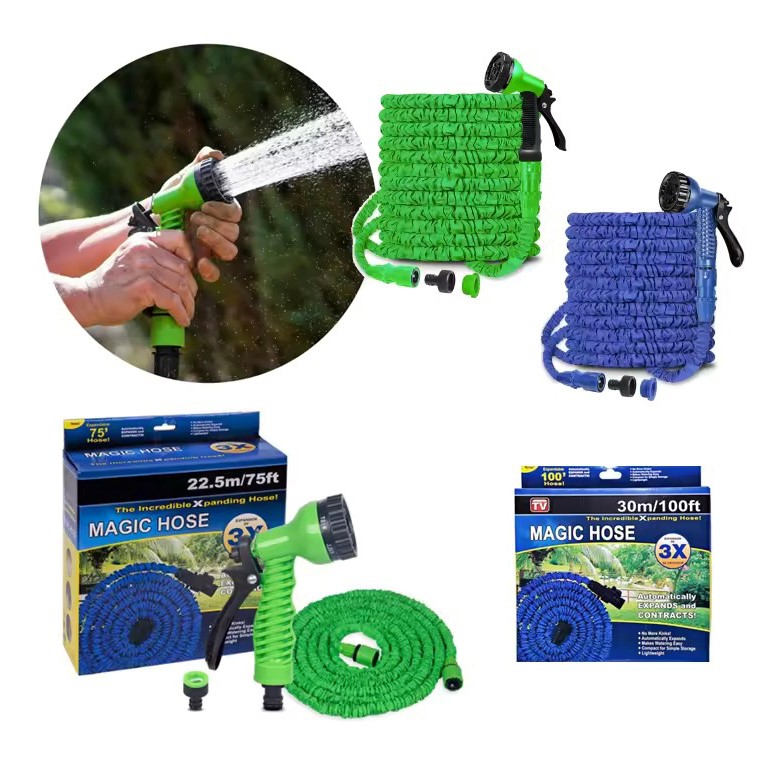
The Evolution of Garden Hoses
The history of garden hoses can be traced back to ancient civilizations, where irrigation systems were crafted from natural materials like bamboo and clay pipes. However, the modern garden hose, as we know it today, emerged with the advent of synthetic materials and manufacturing advancements in the late 19th and early 20th centuries. Initially made from rubber, these hoses were heavy, prone to kinking, and had limited durability. Over time, technological progress introduced lighter, more flexible materials such as PVC (polyvinyl chloride) and polyurethane, revolutionizing the industry.
Types of Garden Hoses
Garden hoses come in a variety of designs, each tailored to specific needs and preferences. Understanding these types can help gardeners make informed choices:
1. Standard Hoses
The most common type, available in various lengths and diameters. They are versatile, affordable, and suitable for general gardening tasks like watering plants, filling ponds, and cleaning outdoor spaces.
2. Expandable Hoses
These hoses automatically expand when water flows through them and contract when empty, making them easy to store and transport. They are lightweight and often come with a spray nozzle for added convenience.
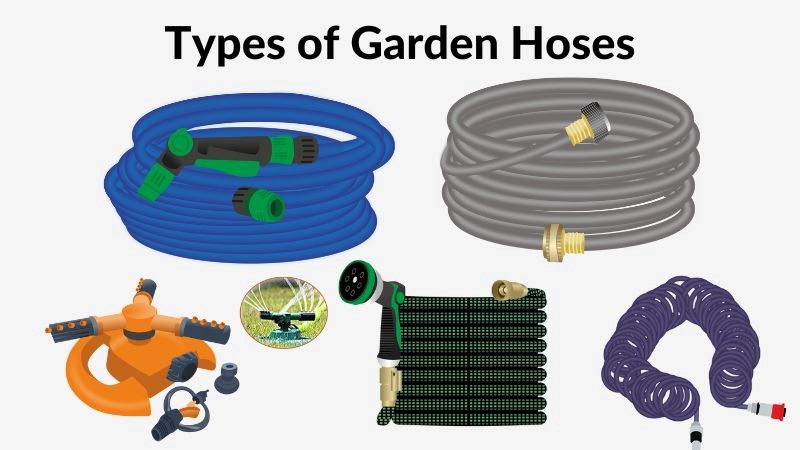
3. Soaker Hoses
Designed for slow, deep watering, soaker hoses have tiny pores that allow water to seep directly into the soil, minimizing evaporation and promoting healthy root growth. Ideal for vegetable gardens and flower beds.
4. Flat Hoses
As the name suggests, these hoses lie flat when not in use, preventing tripping hazards and making them easier to coil. They are typically more durable than standard hoses and can withstand heavy foot traffic.
5. Drinking Water Safe Hoses
Made from materials that meet food-grade standards, these hoses are safe for use with potable water, suitable for pets, livestock, and even outdoor kitchens.
Key Features to Consider
When selecting a garden hose, several features should be taken into account to ensure optimal performance and longevity:
1. Material
PVC hoses are lightweight and inexpensive but may not be as durable as polyurethane or rubber hoses. Consider the climate and exposure to elements when choosing.
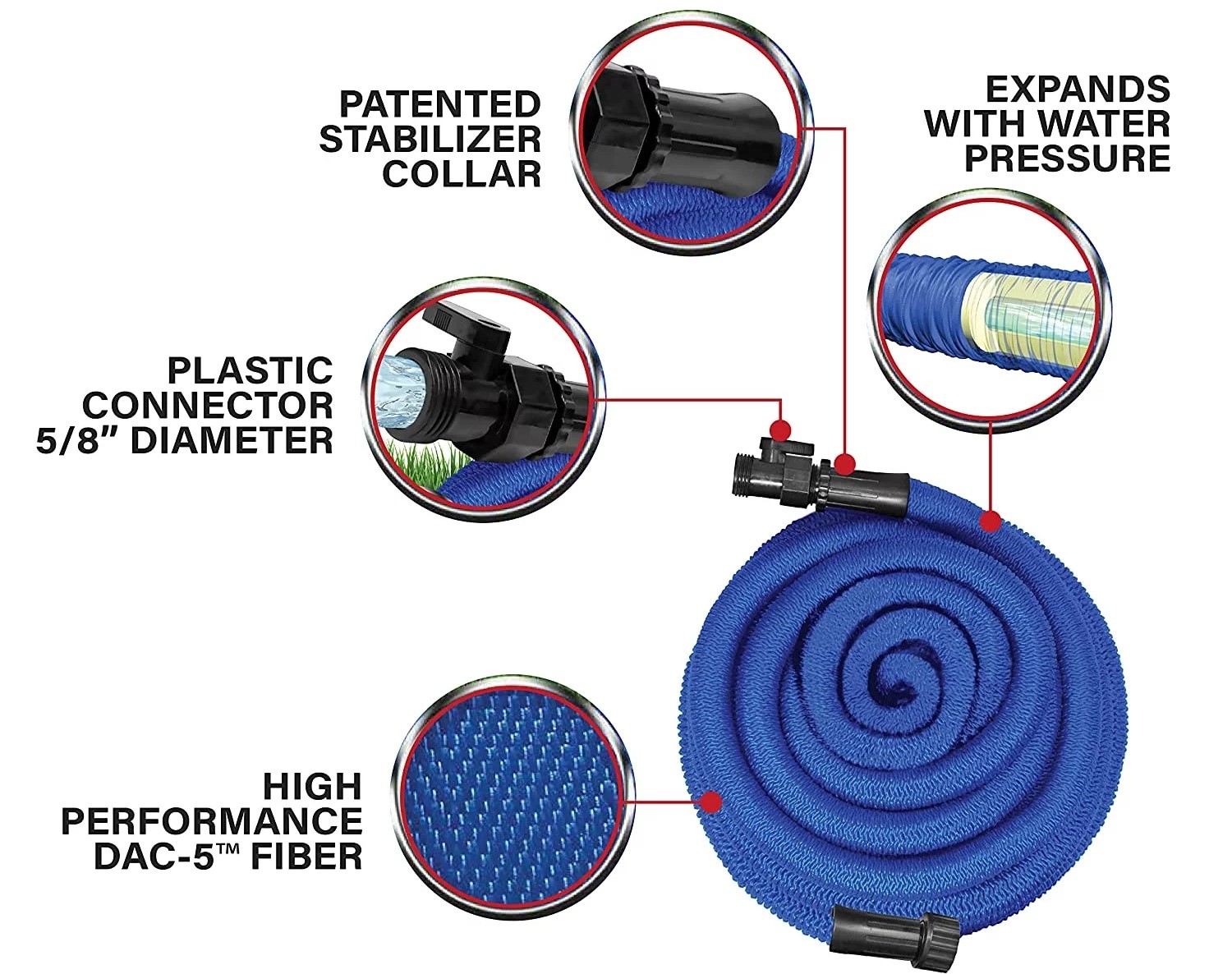
2. Length and Diameter
Longer hoses offer greater reach but can be heavier and more difficult to manage. A larger diameter allows for higher water flow rates, which is beneficial for tasks requiring substantial water volume.
3. Reinforcement
Look for hoses with multiple layers or reinforcement to prevent kinking, bursting, and abrasion.
4. Fittings and Couplings
Brass or stainless steel fittings are more durable and resistant to corrosion than plastic ones. Quick-connect couplings make attaching and detaching accessories a breeze.
5. UV Resistance
Hoses exposed to direct sunlight should be UV-resistant to prevent degradation and maintain flexibility.
Maintenance and Care
Proper maintenance can significantly extend the lifespan of a garden hose:
1. Storage
Store hoses in a cool, dry place away from direct sunlight to prevent cracking and fading. Use hose reels or hangers to keep them organized and off the ground.
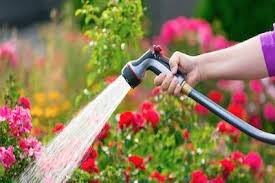
2. Cleaning
Regularly flush the hose with clean water to remove debris and prevent algae growth. For stubborn dirt, use a mild detergent and a soft brush.
3. Winterizing
In colder climates, drain the hose thoroughly and store it indoors to prevent freezing and damage.
4. Inspection
Periodically check for leaks, cracks, or worn-out fittings. Replace damaged parts promptly to avoid water wastage and potential hazards.
Enhancing the Gardening Experience
Garden hoses do more than just deliver water; they enhance the overall gardening experience in numerous ways:
1. Efficiency
With the right hose and accessories, such as adjustable nozzles and sprinklers, gardeners can water large areas quickly and uniformly, saving time and effort.
2. Versatility
From delicate flowers to thirsty lawns, garden hoses adapt to various watering needs, making them indispensable for any garden.
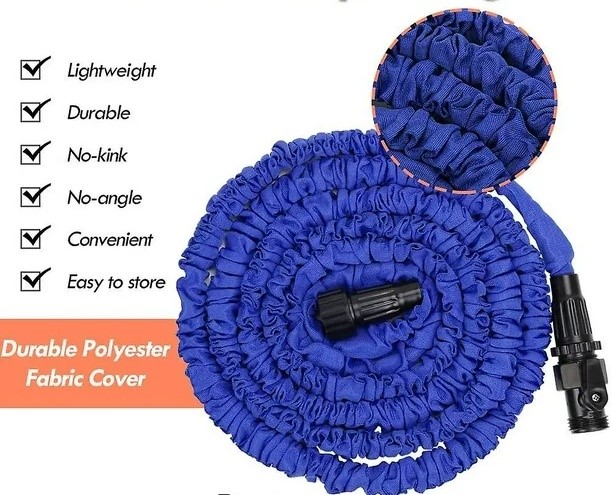
3. Convenience
Features like automatic reels, quick-connect systems, and ergonomic handles add a layer of convenience, making gardening tasks less laborious.
4. Aesthetics
With a wide range of colors, patterns, and designs, garden hoses can complement the garden's aesthetic, blending seamlessly into the landscape.
5. Eco-friendliness
Water-saving technologies, such as soaker hoses and pressure-regulating nozzles, promote sustainable gardening practices, reducing water waste and environmental impact.
Innovations in Garden Hoses
The garden hose industry continues to evolve, integrating cutting-edge technologies to meet the demands of modern gardeners. Some notable innovations include:
1. Smart Hoses
Equipped with sensors and connected to smartphone apps, these hoses allow gardeners to monitor water usage, set schedules, and control water flow remotely.
2. Self-repairing Hoses
Incorporating advanced materials that can heal small punctures or cuts, these hoses reduce the need for frequent replacements.
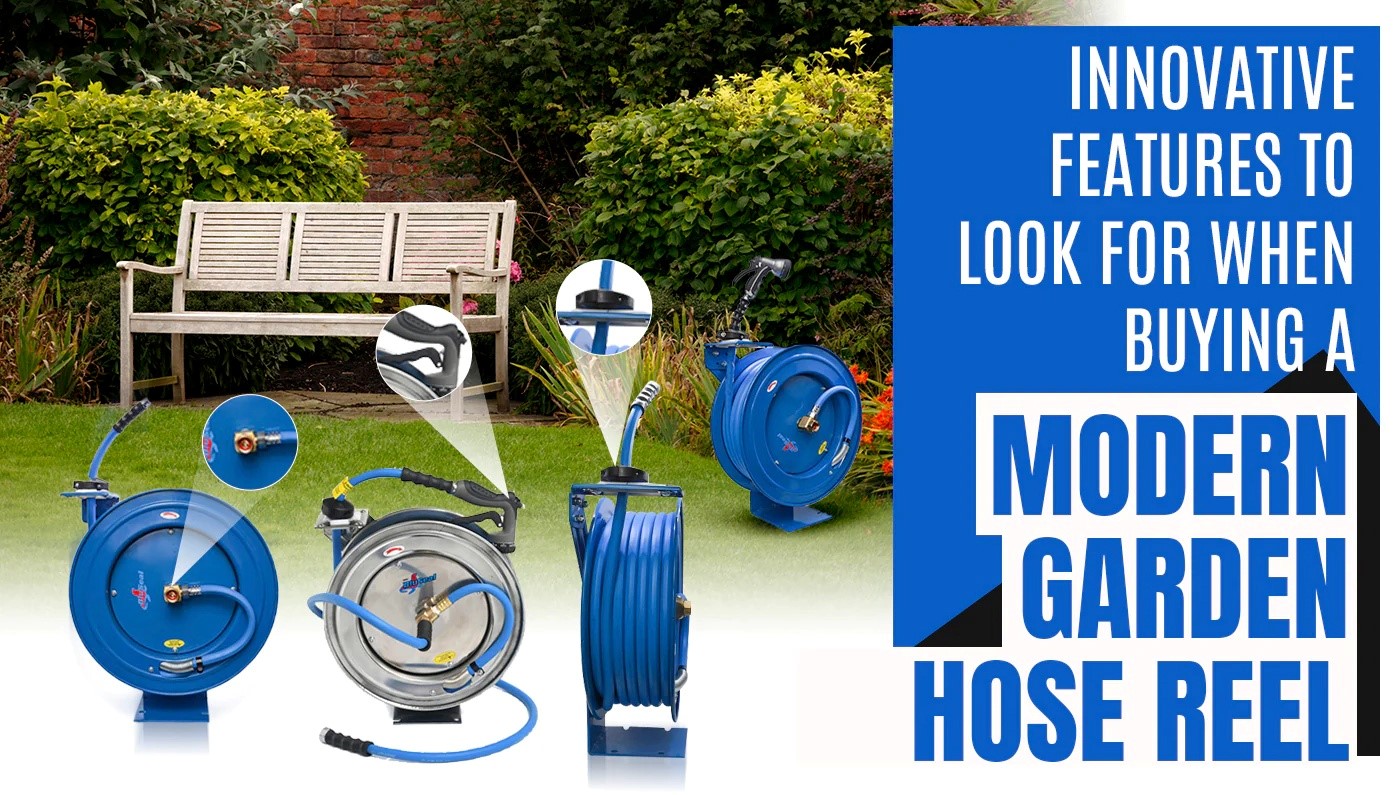
3. LED Lighting
Hoses with integrated LED lights make nighttime gardening safer and more enjoyable, illuminating the path as you water.
4. Temperature Control
Hoses designed to withstand extreme temperatures, both hot and cold, ensure reliable performance in all seasons.
Conclusion
The garden hose, though often overlooked, is a vital component in the symphony of gardening. It embodies the harmony between human ingenuity and nature's needs, facilitating the growth and flourishing of our green spaces.
Post time: Sep-06-2024
